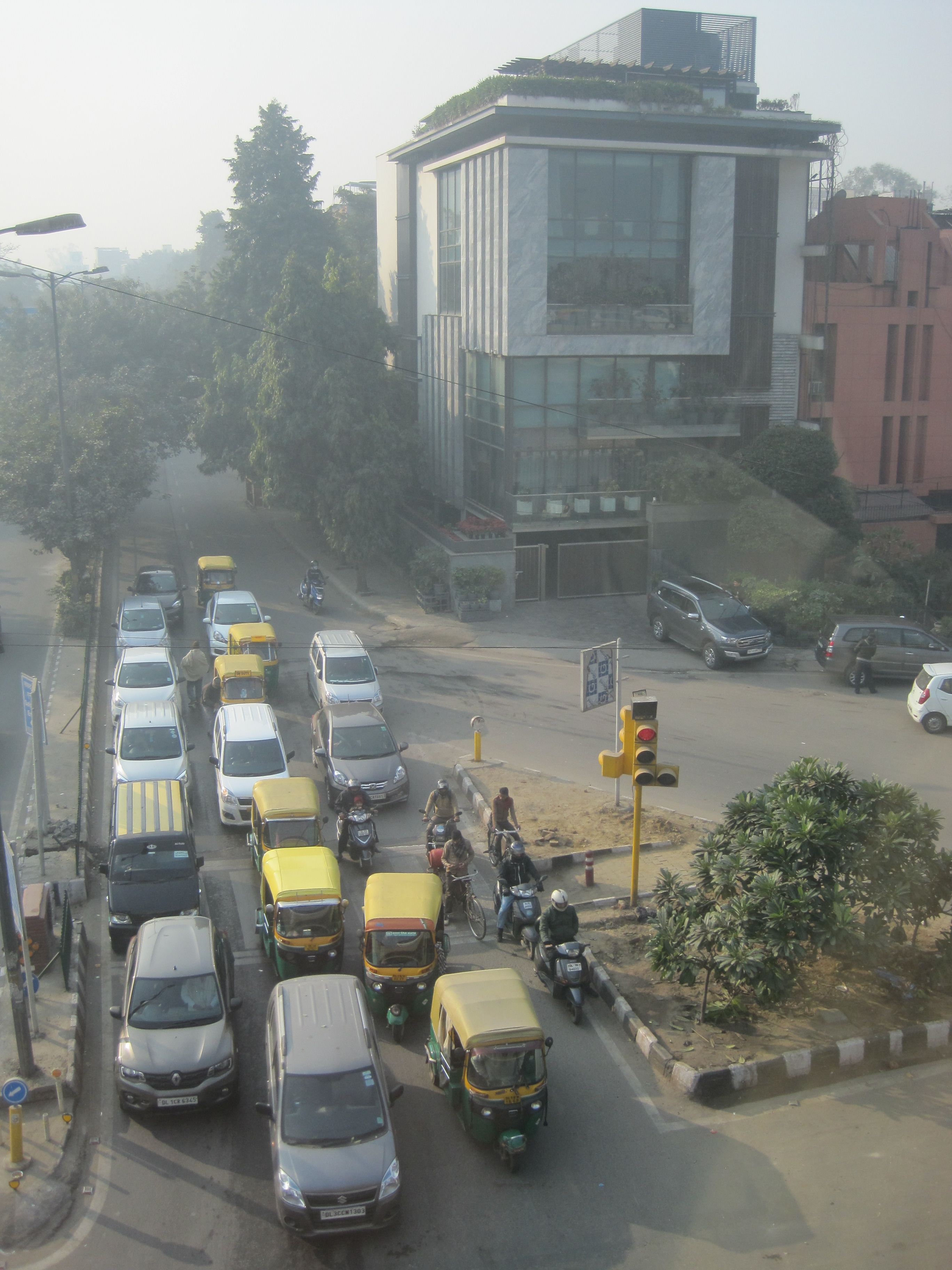It came as a shock when we landed in Delhi to find we could taste the pollution in the air.
Who knew that the air quality would be so bad? Not us that’s for sure.
And within days we were struggling to breathe and suffering chest infections.
Not the start to our longed for trip exploring Northern India that we had expected.
News reports of pollution
The Navhind Times notes on January 16, 2019 that, according to the Central Pollution Control Board (CPCB) data, the overall air quality index (AQI) in the city was severe till Sunday 13th January 2019. As we’d landed in Delhi on 8th, that was precisely the week we arrived.
The Central Pollution Control Board noted on 16th that it had improved to ‘poor’, due to an improved wind speed of 20 km/hr, with an overall air quality index (AQI) of 237.
What does ‘poor’ air quality mean?
The article explained that an AQI between 100 and 200 comes under the ‘moderate’ category, 201 and 300 is considered ‘poor’, 301 and 400 ‘very poor’, while that between 401 and 500 ‘severe’.
Are residents of Delhi worried?
Hacking and coughing our way through our tour, we read in The Navhind Times on 21st January 2019 that “Pollution is not a major worry” and that “Fresco eateries make money when skies are blue and polluted” . The article went on to note that the air quality has been “oscillating between severe and very poor” in Delhi.
So, are residents of Delhi worried?
The answer would appear to be, “No, they are not worried”!
According to the article, Atul Bhargava suggests “A normal person does not bother about pollution. They are more bothered about about enjoying the weather.”
But as tourists with breathing difficulties, we were worried.
We were especially concerned about returning to Delhi for our overnight stay before our flight home.
So from now on we will be checking for air quality information, where we can, before booking future holidays. And if you have concerns about the quality of the air you breathe, I suggest you do the same.

How to check air quality
An air quality index (AQI) is a number used by government agencies to tell the public how polluted their air currently is or how polluted it is forecast to become. As the AQI increases, an increasingly large percentage of the population is likely to experience increasingly severe adverse health effects. Different countries have their own air quality indices, corresponding to different national air quality standards.
United Kingdom
The air quality index in the UK is the Daily Air Quality Index recommended by the Committee on Medical Effects of Air Pollutants. This index has ten points, which are further grouped into 4 bands: low, moderate, high and very high. Each of the bands comes with advice for at-risk groups and the general population.
| Air pollution banding | Value | Health messages for At-risk individuals | Health messages for General population |
|---|---|---|---|
| Low | 1–3 | Enjoy your usual outdoor activities. | Enjoy your usual outdoor activities. |
| Moderate | 4–6 | Adults and children with lung problems, and adults with heart problems, who experience symptoms, should consider reducing strenuous physical activity, particularly outdoors. | Enjoy your usual outdoor activities. |
| High | 7–9 | Adults and children with lung problems, and adults with heart problems, should reduce strenuous physical exertion, particularly outdoors, and particularly if they experience symptoms. People with asthma may find they need to use their reliever inhaler more often. Older people should also reduce physical exertion. | Anyone experiencing discomfort such as sore eyes, cough or sore throat should consider reducing activity, particularly outdoors. |
| Very High | 10 | Adults and children with lung problems, adults with heart problems, and older people, should avoid strenuous physical activity. People with asthma may find they need to use their reliever inhaler more often. | Reduce physical exertion, particularly outdoors, especially if you experience symptoms such as cough or sore throat. |
United States
The United States Environmental Protection Agency (EPA) Air Quality Index is divided into six categories indicating increasing levels of health concern. An AQI value over 300 represents hazardous air quality and below 50 the air quality is good.
| Air Quality Index (AQI) Values | Levels of Health Concern | Colors |
| 0 to 50 | Good | Green |
| 51 to 100 | Moderate | Yellow |
| 101 to 150 | Unhealthy for Sensitive Groups | Orange |
| 151 to 200 | Unhealthy | Red |
| 201 to 300 | Very Unhealthy | Purple |
| 301 to 500 | Hazardous | Maroon |
World’s Air Pollution: Real-time Air Quality Index
A website allowing government agencies anywhere in the world to submit their real-time air monitoring data for display using a common definition of the air quality index is available at http://waqi.info/ The World Air Quality Index project is a non-profit project started in 2007. Its mission is to promote Air Pollution awareness for citizens and provide a unified and world-wide Air Quality information.